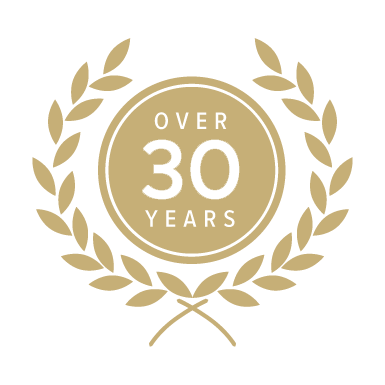Will Metamaterials Become a Focus of Patent Litigation?

What if the ‘Big One’ (worst-case scenario earthquake) didn’t have as bad of an impact because barriers were created to deflect seismic waves? This could be a possibility with the future of metamaterials, a market that is currently undergoing a substantive growth. Industry experts predict a compound annual growth rate of over 24% between 2021-2026. Driving this growth is the influx of R&D in telecommunications, aerospace, electronics, medical devices, and various other industries. This should catch the attention of patent attorneys, as these industries all tend to have a fair amount of technical litigation. As product development accelerates in these industries, and metamaterials increase in application, patent disputes are likely to arise.
With an eye towards the future, let us explore some of the areas in which we are seeing commercial product development activity using metamaterials. These product areas are currently seeing an uptick in the filing and buying of patents, which tends to serve as a good precursor to litigation.
Laser Filtering Products
The use of laser filtering products has expanded over the years, as laser sources are a necessity in Raman spectroscopy, flow cytometry, multiphoton microscopy, and more. While the specific use varies, all these use cases require a strong signal-to-noise ratio. Laser filtering helps eliminate the detection of unnecessary noise, and metamaterials significantly improve this process by reflecting a specific set of wavelengths.
Metamaterials can be constructed in a way that combines multiple elements at various dimensions, each specifically utilized to provide numerous layers of filtering. These barriers narrow the optical frequencies while remaining optically transparent to effectively reduce noise. These filtration lenses are formed of solid dielectric material, with prominent military and commercial applications
Nanoweb
This transparent conductive film was designed to be manufactured into glass and plastic surfaces. Made of an invisible metal mesh, this technology offers an alternative to Silver Nanowire and carbon nanotube, whose application is common in touch screens, antennas, and electromagnetic devices. The inherent high conductivity of nanoweb makes it an ideal conductive material, while being designed to ensure that it is not visible to the human eye.
Nanoweb is a registered trademark, but the diverse application of indium-free transparent metal-mesh as an innovative technology makes it particularly important to pay attention to from a patent perspective, especially in the area of smart-phones and touchscreens.
Non-Invasive Glucose Monitoring
Among the emerging medical devices that have been utilizing metamaterials is non-invasive glucose monitoring. This technology is transforming diagnostic tools, as it is pain free where previous devices required the puncturing of skin to monitor glucose levels. Glucowise is the most prominent device in this category, which was developed by Metamaterial Inc.
Glucowise uses metamaterial films that cancel skin reflections, allowing for an increased signal that outweighs disruptive noise. Developments over the previous 40 years broadened access to glucose home measurement kits, helping limit hospital visits via the proliferation of small portable devices that allowed for at-home testing. Now, these kits are becoming a thing of the past as metamaterials are making it less painful and just as effective to monitor glucose levels from the comfort of your home or on the go.
Besides Glucosewise, there are additional exciting array of applications that metamaterials can have within the medical device space. From MRI imaging to stroke treatment, to breast cancer screening, metamaterials are driving innovation across the industry. The need for these devices is undeniable as they reduce medical costs while also making the related processes much more efficient. As the use of metamaterials becomes more widespread, sensor technology will improve across medical devices and the healthcare industry could become much more decentralized.
While these developments are still brand new, we are anticipating a rise in patent litigation in the area of metamaterials over the next several years. Product development is on the rise and patents are already being filed. Many of the industries that are already utilizing metamaterials tend to have technical litigation, including telecommunications, sensors, radar imaging, medical imaging, and more. Our stable of metamaterial expert witnesses is ready and willing to assist should you require their expertise in any of these areas.
For those that are unfamiliar with Round Table Group, for more than 25 years, we have helped litigators to locate, evaluate, and employ the best and most qualified expert witnesses. Round Table Group is a great complement to any litigator’s quest for an expert witness and our search is always free of charge. Contact us at 202-908-4500 for more information or start your expert search now.

